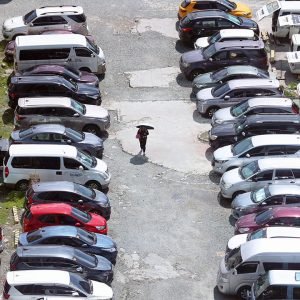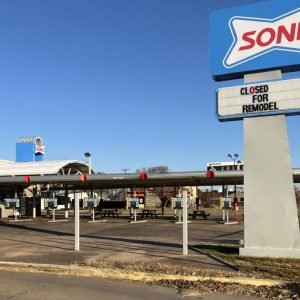
AS DECEMBER arrives, Dabawenyos are feeling the full impact of the Christmas rush, with traffic jams transforming many of the city’s roads into a dreaded “carmageddon.” The influx of holiday shoppers, parties, and travelers has left locals questioning whether Davao City’s slogan, “Life is Here,” still holds up amidst the chaos.
This frustration has sparked a wave of memes, humorously suggesting the city rebrand its slogan to “Traffic is Here.” Posts and videos—both funny and thought-provoking—have circulated online, calling on content creators to stop promoting the “Life is Here” campaign, claiming the city is already overcrowded. While these posts are intended as satire, some have taken them seriously, missing the humor behind the criticism.
The conversation has also shifted to Davao City’s growing congestion, with some netizens even discouraging tourists and migrants from visiting, citing the unbearable traffic. But is it fair to blame tourists and migrants when they play a key role in the city’s economic growth?
In 2023, Davao City attracted 1.6 million tourists, with a goal to increase that number by 200,000 in 2024. Events like Pasko Fiesta and the newly launched “Duaw Davao” summer festival are designed to further boost tourism.
According to the Philippine Statistics Authority (PSA), Davao led the region in economic growth in 2023, contributing over half of the Davao Region’s P1.02 trillion GDP—a success largely fueled by tourism.
However, if the city’s traffic issues remain unresolved, this progress may be at risk. Tourists might feel unwelcome, and potential migrants could look elsewhere for opportunities. Instead of placing blame on visitors, it’s time to hold the local government accountable for sustainable solutions.
The Davao Public Transport Modernization Project (DPTM), formerly the High Priority Bus System (HPBS), shows promise but remains stalled due to financial and implementation challenges.
Similarly, infrastructure projects like the Davao City Coastal Road and the Davao City Bypass Road are still underway, with the Department of Public Works and Highways (DPWH) assuring that these will be expedited.
The local government must find cost-effective, immediate solutions to ease traffic while continuing to develop long-term infrastructure. Without decisive action, Davao risks losing its status as a “paradise” for tourists, residents, and investors. Addressing traffic isn’t just necessary—it’s essential to sustain the city’s growth and preserve its reputation as a vibrant destination.






